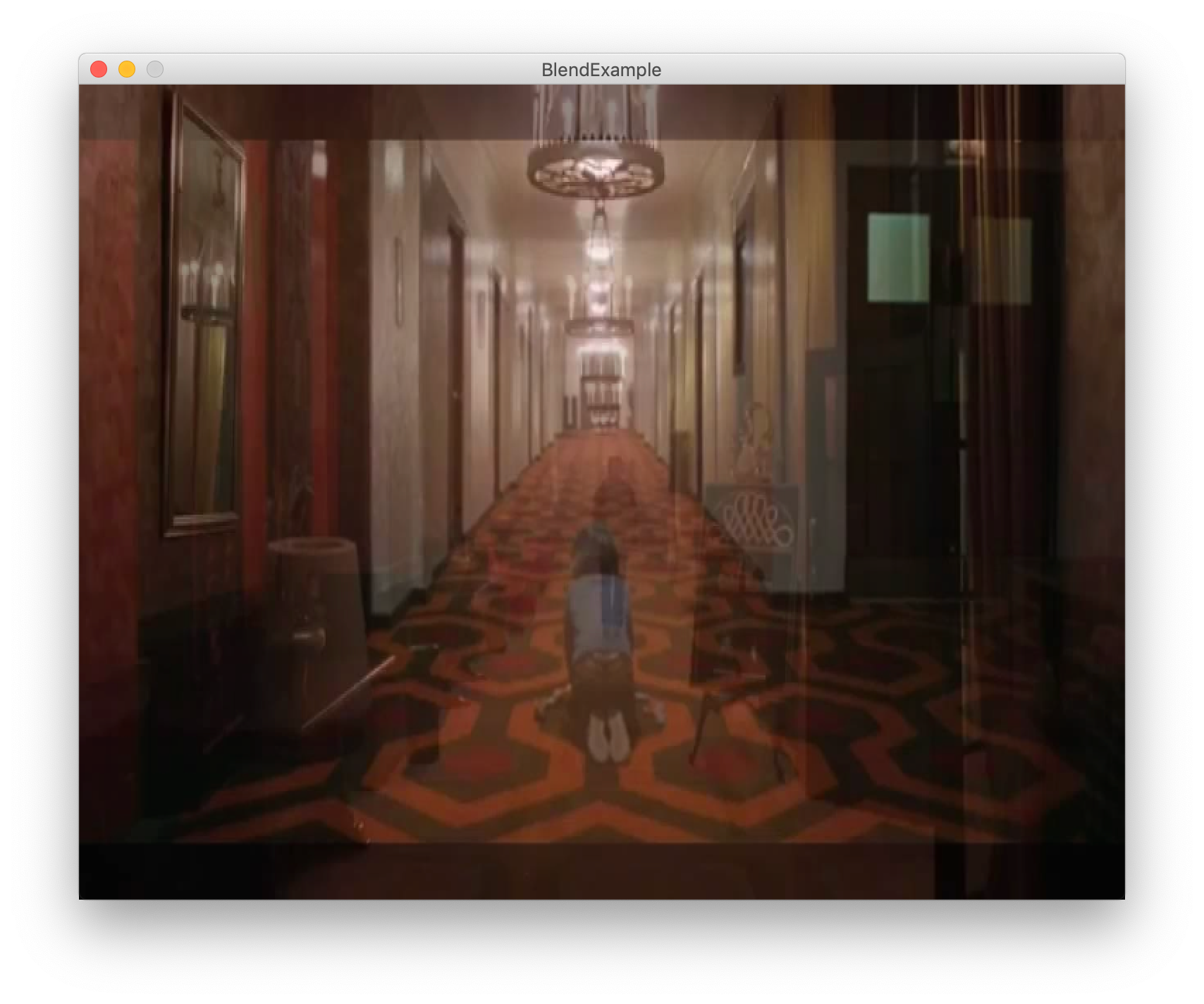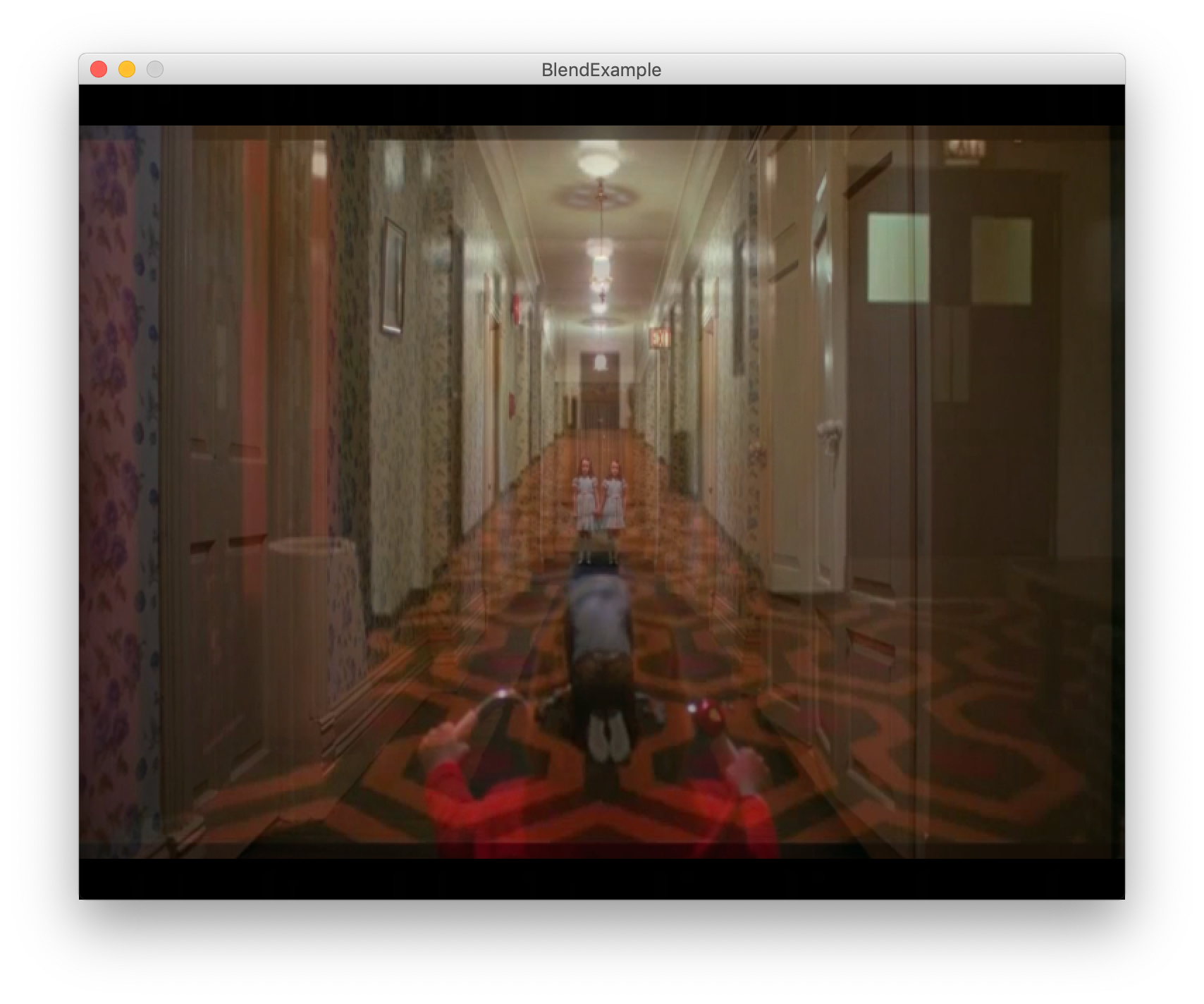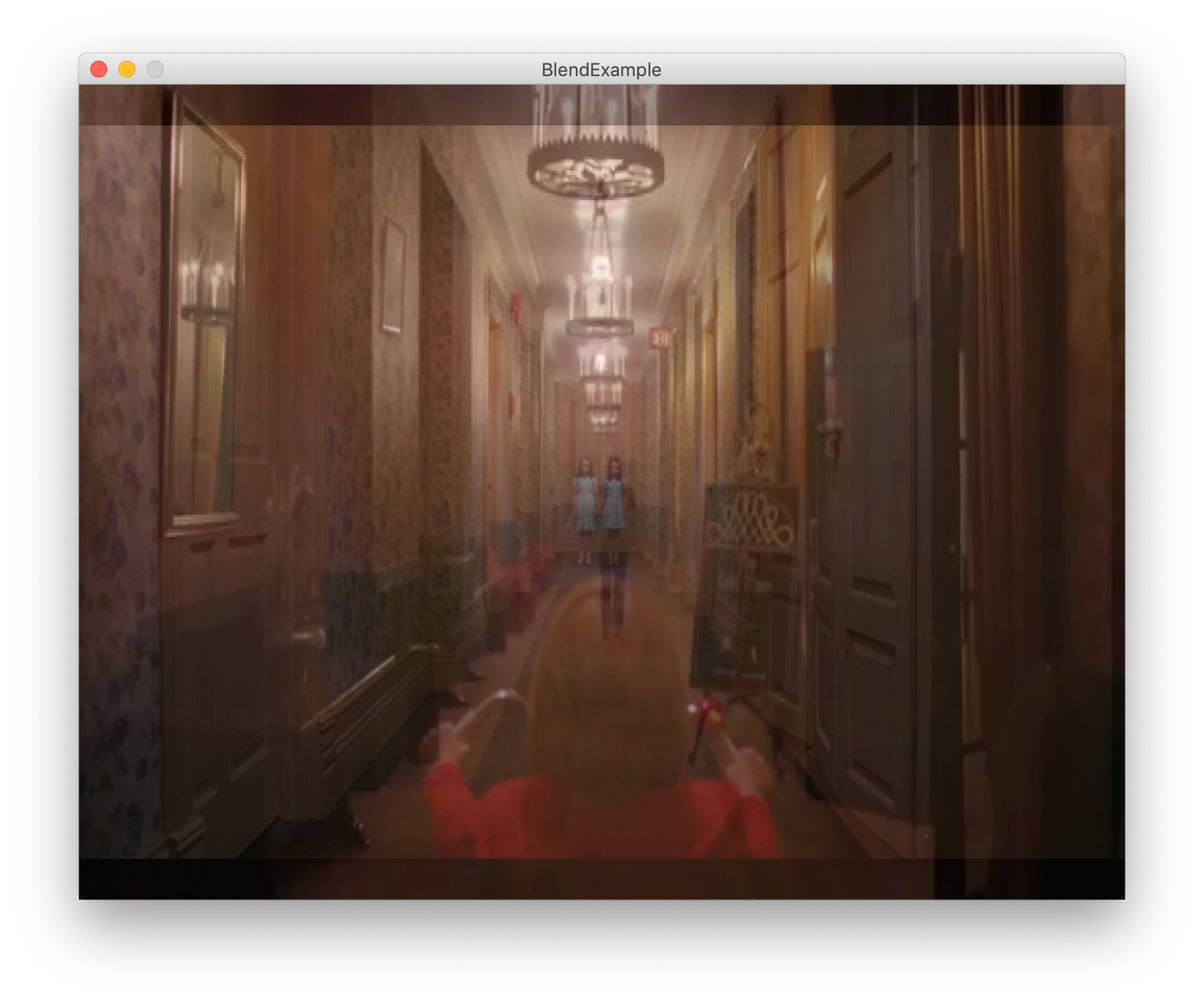OCTOBER
A layering of different frames done in adobe photoshop
I began to consider the framing of sci-fi movies and how there is patterns throughout them from the 50s to now.
The purpose of science fiction is to challenge its viewers and propose questions:
What is it to be human?
Are we alone?
`What is our purpose?
They are laced in philosophical metaphors but somehow don't always land as intended and important narratives can be lost in an array of CGI action.
2001: A Space Odyssey paved the way for sci-fi on the big screen and pays attention to the details which is why it deals with it's philosophical and moral questions so well. It feels real and Kubrick knows exactly how to make this world so believable.
Image still from 2001: A Space Odyssey
Kubrick's use of one point perspective (especially in 2001) has now became somewhat of a sci-fi trope. Sci-fi corridors are an easy way for filmmakers to create the illusion of large spaces and how they are navigated and the bonus is they all look very similar!
"A one-point perspective shot is when all the horizontal lines in your frame, if you were to extend them infinitely, would disappear into a point, usually at the center of the frame. That’s the vanishing point. Think about looking at a train track disappearing in the distance." - Stanley Kubrick & One-Point Perspective by New York Film Academy
The one point perspective shot however communicates to the viewer the importance of the central point in the shot. It draws the viewer into the shot and deepens our involvement. The title “one-point perspective” is so evocative of what the technique actually does: changing your perspective.
We don’t usually see the world in one-point perspective. It happens, but it’s not that common. If you’re in a room, your eye line usually sits a bit above where it would have to be for the lines in the room to disappear into one vanishing point in the centre. To see the world in a one pint perspective format we would probably have to get into the middle of the room and crouch a a foot or two. That would allow us to see the world in a filmic format.
Messing around with different screen grabs from famous sci-fi films I layered images one on top of the other and merged many iconic one point perspective shots to create this endless corridor idea. In relation to the information a film is giving us, these shots are very intriguing. An artistic way of making a good point.
I read this article when researching one point perspective and it was very helpful in explaining the importance of these shots in film.
Stanley Kubrick's one point perspective compilation
Kubrick is a master of film composition and the king of one point perspective shots as seen in the above compilation. He uses these shots to gain momentum, build tension, convey a plot line or to emphasise a focal point.
I began thinking about creating animations with the same technique, break it down to something more minimal to see what I could create.
I began looking for some inspiration for this and came across Kristina Karpysheva and Aleksandr Letsius' work. '404.zero' is their music project but contains very impactful imagery. Their work ranges from AR to physical instillations.
404.zero installation
404.zero installation
I liked the idea of creating these vast spaces and manipulating lighting and composition to create different atmospheres. The use of lighting in these instillations is very impactful and creates this all encompassing feeling.
There is also a great filmic quality to these spaces and from this we create our own narratives. It's a very thought provoking experience.



Above is a multitude of image layering done on processing using the library image processing algorithms by Nick 'Milchreis' Müller. They layering technique is interesting to use and we can see clearly how precise Kubrick's shots are when layered with one another.
Many of the themes dealt with in sci-fi revolve around isolation. Characters who are isolated tend to invest the audience more in the stakes of the plot. The theme of loneliness isn't exclusive to sci-fi however, personally I find it more compelling than other genre's approach. The immensity of space and vastness of setting paired with the forbidding distance between the character and any other person creates a great sense of foreboding.
One point perspective creates depth to a scene and emulates a scene of endless space and many times isolates the protagonist in the centre of the frame.
I began to experiment with Unity as wished to create a user interactive, atmospheric work that creates the illusion of an endless corridor. I wanted to start simple and relatively not utilised to I could focus on lighting and sound to create the atmosphere I want to achieve.
Unity Build Screenshot
The Twilight Zone episode "Where is Everybody?" (1959) features a man who finds himself alone on a dirt road with no memory of who he is and how he got there. As he travels down the road he comes across a diner. after exploring the diner he finds the place empty despite evidence stating otherwise. He continues on and comes across a small town again void of human life. He tries everything in his power to make contact with someone by using a police radio and a phone booth. Although he's alone he is constantly reminded of the presence of others like a cigarette in an ash tray still burning and the phones ringing.
A screengrab of The Twilight Zone, s1 ep1 - "Where is Everybody?"
This is one of my favourite depictions of isolation in film and television and with isolation familiar to us all right now I wanted to take these themes and emotions and create from it. The idea of being a lone passenger in one of these experiences was something I wished to explore more of
Unity build lighting animation
I began trying to experiment with lighting and create a vaugue view of what's ahead. Light triggers were helpful for me to do this paired with a red-awning trigger that moves the first person controller back to the beginning of the sequence. I began to carry out some basic experiments to see refresh my knowledge of Unity. I began to focus on the Importance of the lighting to create this effect along with the fog function on Unity.
Unity scene walking demo
I now wish to focus on making a sensor or Kinect the controller and as a person approaches the sensor the controller will begin to move forward and create this endless depth.
This is a nice outcome and I considered staging it - but I couldn't find a place to do so in my home. I liked the slowness and the tension that came with it and I think it is a nice introduction into my interests of these filmic experiences.
It's maybe a bit too literal for me as I wanted something more subliminal but there is a nice quality achieved through 3D work that makes things very atmospheric. Fog and lighting being a great tool to use in the software.
These themes of never ending space and zones within movies really interest me and using them as a tool to create depth and vastness of an area is what i wish to achieve and I'm unsure about this design overall at this point.
I think to carry on i'll begin to look into other artists with similar interests in the depiction of these endless entryways.